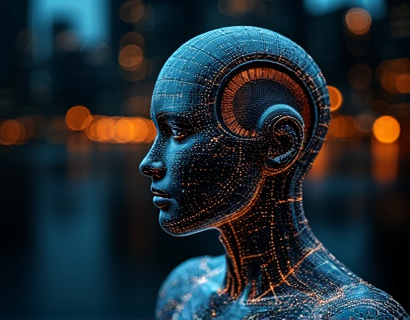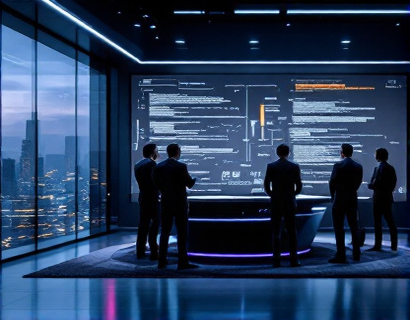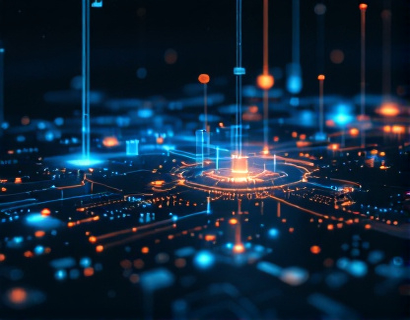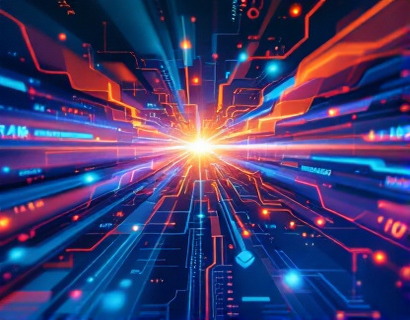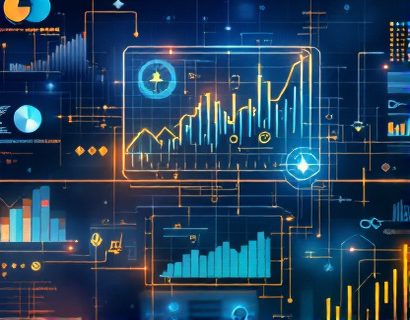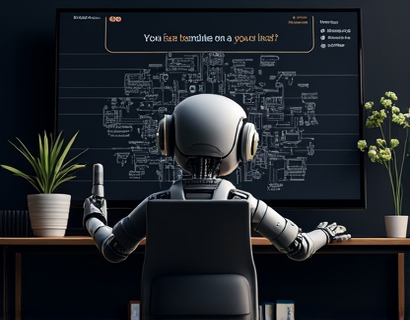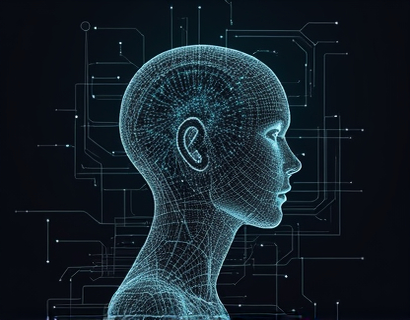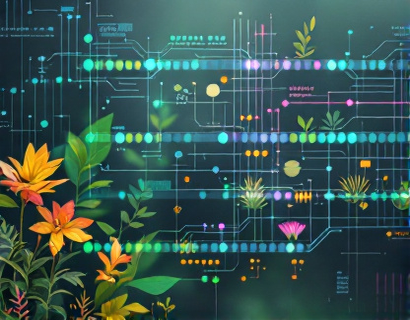AI-Powered Translation Tools: Revolutionizing Global Communication with Advanced Technology
In an increasingly interconnected world, the ability to communicate across language barriers has become more crucial than ever. AI-powered translation tools are at the forefront of this revolution, offering precise and rapid translations that break down linguistic obstacles and enhance global interactions. These advanced technologies are not just simplifying communication but are also transforming the way businesses and individuals engage with diverse cultures and markets.
The Evolution of Translation Technology
The journey of translation technology has been marked by significant milestones. From the early days of rule-based machine translation to the current era of neural machine translation, the accuracy and naturalness of translations have seen remarkable improvements. Neural machine translation, powered by deep learning algorithms, has been particularly transformative. It allows systems to learn from vast amounts of data, capturing nuances and context that were previously challenging to translate accurately.
How AI Enhances Translation Accuracy
AI-powered translation tools leverage neural networks to understand and generate text in a way that mimics human cognition. These systems are trained on massive datasets, enabling them to grasp the complexities of language, including idioms, colloquialisms, and cultural references. Unlike traditional rule-based systems, AI can adapt and improve over time, continuously learning from new data and user feedback. This adaptability ensures that translations remain accurate and contextually relevant, even as language evolves.
Real-Time Translation Capabilities
One of the most significant advantages of AI-powered translation tools is their real-time capabilities. These tools can translate text, speech, and even sign language on the fly, making immediate communication possible across languages. For instance, during international conferences or business meetings, real-time translation ensures that all participants can follow the discussion without delays. This immediacy fosters better understanding and collaboration, breaking down barriers that once hindered effective communication.
Enhancing Business Interactions
For businesses operating in a global market, AI-powered translation tools are invaluable. They enable seamless communication with international clients, partners, and employees, facilitating smoother negotiations, more efficient project management, and stronger relationships. Companies can expand their reach into new markets with confidence, knowing that language is no longer a barrier. AI translation tools also help in localizing content, ensuring that marketing materials, user manuals, and other documents resonate with local audiences.
Improving Customer Service
Customer service is another area where AI translation tools make a significant impact. Multinational companies often deal with customer inquiries in multiple languages. AI-powered chatbots and support systems can provide instant translations, ensuring that customer service is accessible and efficient regardless of the language spoken. This not only enhances customer satisfaction but also reduces the workload on human support teams, allowing them to focus on more complex issues.
Education and Learning
In the educational sector, AI translation tools are breaking down barriers to learning. Students and educators can access a wealth of resources in different languages, fostering a more inclusive and diverse learning environment. Language learners benefit from instant translations, helping them understand and practice new languages more effectively. Educational institutions can also use these tools to create multilingual content, making their offerings more accessible to a global audience.
Healthcare Communications
In healthcare, clear and accurate communication is critical. AI-powered translation tools assist medical professionals in communicating with patients who speak different languages, ensuring that patients understand their diagnoses, treatments, and instructions. This is particularly important in emergency situations where every moment counts. By removing language barriers, these tools help improve patient outcomes and satisfaction.
Challenges and Limitations
Despite their numerous benefits, AI translation tools are not without challenges. One of the primary concerns is the accuracy of translations, especially for low-resource languages with limited data. While AI has made significant strides, certain nuances and context-specific meanings can still be difficult to capture. Additionally, cultural subtleties and idiomatic expressions often require human insight, which AI may not fully grasp. Continuous improvements in AI algorithms and increased data availability are essential to overcoming these limitations.
Future Prospects
The future of AI-powered translation tools looks promising. Advances in natural language processing and machine learning are expected to further enhance translation quality and efficiency. The integration of multimodal inputs, such as images and videos, could enable more comprehensive and context-aware translations. As AI continues to evolve, we can anticipate even more sophisticated tools that not only translate but also adapt to the nuances of human communication.
Embracing the Future of Global Communication
The impact of AI-powered translation tools on global communication is profound. They are not just tools but catalysts for a more connected and understanding world. By breaking down language barriers, these technologies foster collaboration, innovation, and cultural exchange. As businesses and individuals increasingly adopt these tools, the potential for global interaction and growth becomes limitless. Embracing AI translation is not just a strategic advantage but a step towards a more inclusive and interconnected future.




